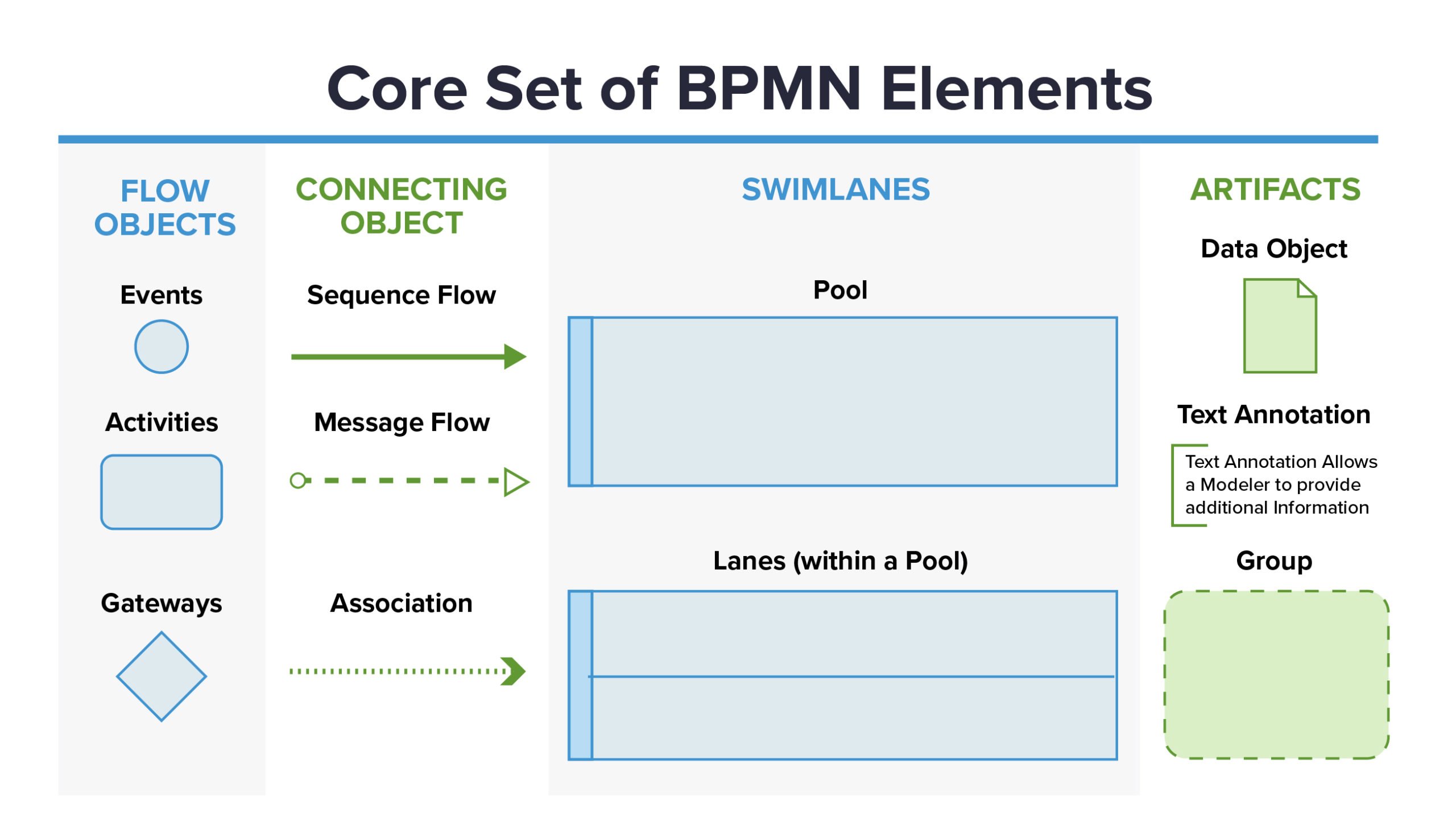
There are a lot of ways to do BP modeling, over 12 different techniques to be even more specific! Here are 3 of the most popular techniques… Process Flowcharts
#Business process modelling how to#
Creating the best-practice design ensures that everyone knows how to do the process.


Other than that, however, there are several other benefits… You get a deeper understanding of how your processes work & the way your business functions. Why Use Business Process Modeling: Top 5 BenefitsĪt it’s most basic, business process modeling helps with introspection.

BPR tends to deal with more major changes to the process, such as incorporating technology to completely change the way a process works. That is, it’s not just a single process improvement initiative, it’s something you do constantly.īusiness Process Improvement (BPI) – Usually part of BPM, BPI means the mapping, analysis, and improvement of a single process.īusiness Process Reengineering (BPR) – Essentially the same thing as BPI, with the main difference being how you’d change the process. Just about the same thing as BPI and BPR, with the main difference being that BPM is continuous. To get the implementation part right, BP modeling is usually used as a part of a larger initiative…īusiness Process Management (BPM) – A methodology of constant process re-evaluation and improvement. The popular distinction between the two, however, is… They’re both used to graphically represent processes as a means of identifying potential weaknesses or improvements. This is usually done through different graphing methods, such as the flowchart, data-flow diagram, etc.īP modeling is used to map 2 different states of the process: As-is, the state of the process as it is right now, without making any changes or improvements, and To-be, the future state, after making the changes or improvements.īusiness process modeling is usually used interchangeably with business process mapping – and they can be pretty much the same, depending on who you ask. What is Business Process Modeling, Anyway?īusiness process modeling is the graphical representation of a company’s business processes or workflows, as a means of identifying potential improvements. Business process modeling is a good start for that.

To make sure that an organization is doing as well as it potentially can be, you’d need to constantly re-evaluate, improve, and sometimes even completely re-work your processes. Businesses rarely operate at peak efficiency.


 0 kommentar(er)
0 kommentar(er)
